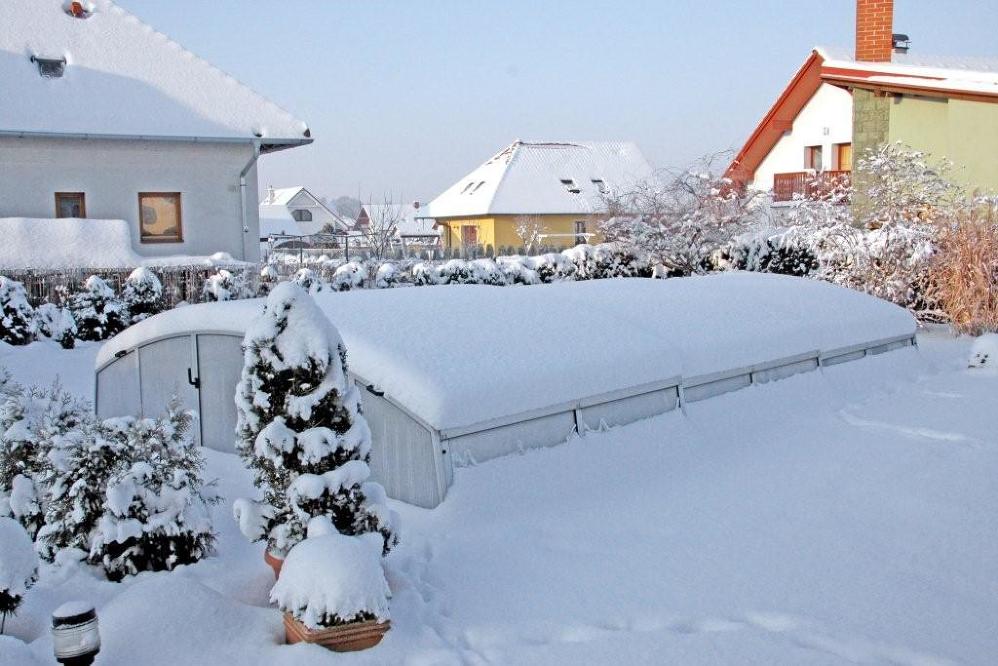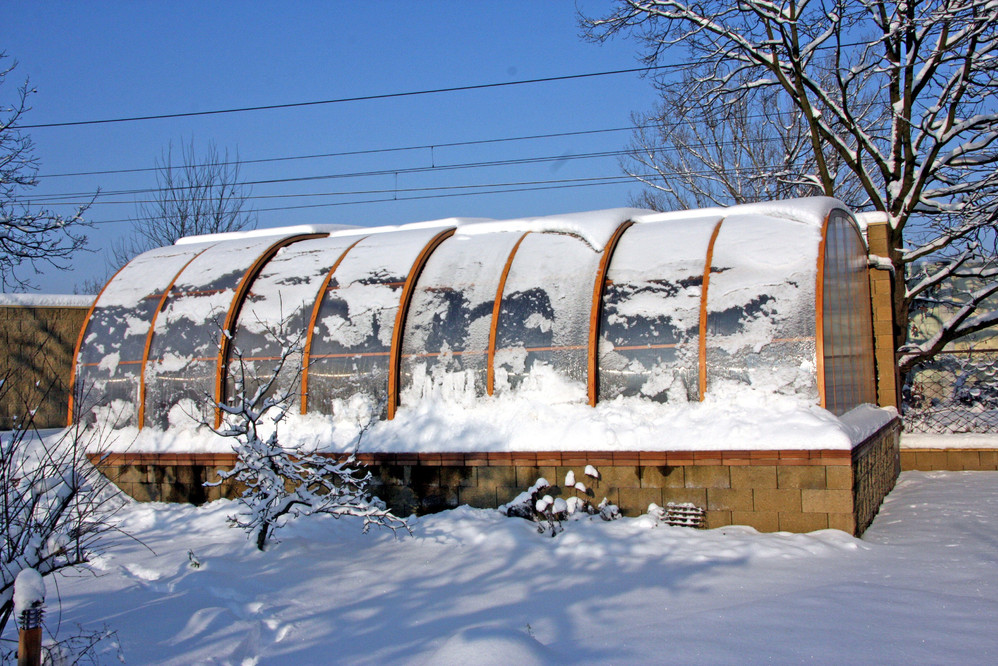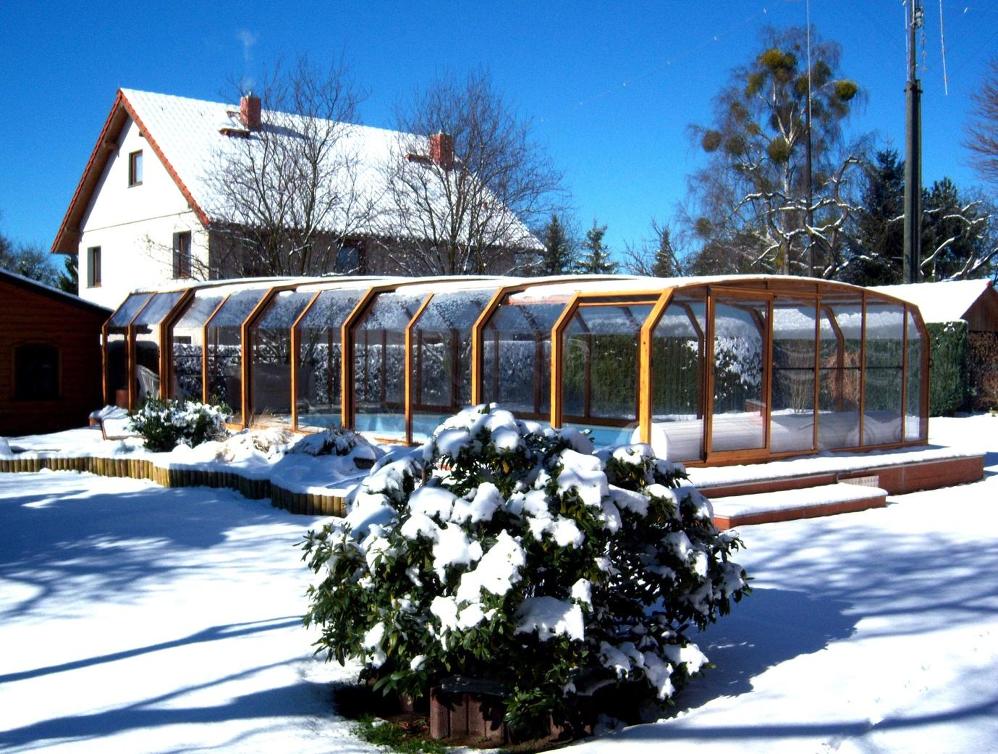
Clean your swimming pool
Before you winterize, clean your swimming pool. Vacuum the entire pool, brush down the walls, and skim the surface. It is important not to leave it for more than 5 months dirty. It will also save you from discovering some nasty surprises in the late spring, at the beginning of the swimming pool season. So do not be lazy, you will save yourself a lot of trouble!
Backwash your filter
You want to backwash your filter to clean all the contaminants from the filter. After all, a clean filter is the key to a clean swimming pool. How to backwash it? First, you will need to find out if you have a sand or a cartridge filter.
If you have a sand filter, water is pushed through a bed of special-grade sand and removed through a series of tubes, called laterals, at the bottom. The filter is backwashed by running it in reverse and dumping the waste water. After you do that, run it in rinse mode to resettle the sand, and then back to the normal setting on the filter.
Cleaning the filter cartridge is just a matter of lifting out the cartridge, hosing it down, and chemically cleaning it with a specialised cleaner that removes oils, scale and any deeply embedded debris.
Yes, it is that easy!

Balance the water in your swimming pool
When using chemicals, never forget to wear gloves, mouth protector and glasses! The last thing you want to do while cleaning your swimming pool is to breathe in some chemicals or get hurt in some other profound way.
Test your water either by yourself with test strips or a water testing kit. However, if you want the most accurate results possible, you can take a water sample to your local pool store and have them test it for you. Your goal is a pH between 7.4 and 7.6, and alkalinity between 100 parts per million (ppm) and 150 ppm, with 125 ppm being ideal. Also make sure the calcium hardness is between 175 ppm to 225 ppm, and that the chlorine is between 1 ppm and 3 ppm.
Adjust the alkalinity
Alkalinity is the measure of carbonates, bicarbonates, hydroxides and other alkaline substances in water. The ideal range for alkalinity is 100 to 150 ppm. And with alkalinity, a higher level is better when you’re winterizing. Just remember to adjust the alkalinity before adjusting for the pH balance.
Adjust the pH
Your pool’s pH level shows how acidic or basic the water is. The lower the level, the more acidic the water is. On the other hand, the higher it is, the more basic the water is. Ideal pH is somewhere between the range of 7.4 to 7.6. However, a higher level is also (as with the alkalinity) better when you’re winterizing.
Shock the water
You want to kill all the bacteria and algae that may be living in the pool. For that, use an extra strong chlorine (or non-chlorine substitute). The product should have at least 65 percent sodium hypochlorite (or a non-chlorine substitute of equivalent strength). Fill a five-gallon bucket with pool water, then add the instructed amount of shock granules, equal for the size of your swimming pool, and pour all of it in. While the filtration system is running, keep it away from the pool skimmer water outlets. And do not swim in the pool while it’s working! If the product or mix says it is safe for people to swim in, it is probably too weak to kill any bacteria! If you are winterizing your swimming pool, do not hesitate to use the instructed and much stronger shock treatment.

Add a winterizing algaecide
You want to prevent having algae from blooming inside your pool. For that, use algaecide. You do not want to have your swimming pool be discolored, smelling badly, or to have the filter clogged. Do not forget to use algaecide while winterizing your swimming pool! Before using it, make sure the chlorine level has returned to 1 to 3 ppm. Otherwise, the chlorine will render the algaecide ineffective.
If necessary, lower the swimming pool water
Not everybody needs to drain water from their swimming pool while winterizing it. It depends on how you protect your skimmer. Are you concerned about it freezing and cracking, as you are not using a winter skimmer cover plate? Then we have bad news for you – you really should drain the water level below your skimmer. Do you use a winter skimmer plate? Then you just need to remove the hose from your skimmer so it can drain properly, and install the plate. You save yourself the trouble of draining your swimming pool, because keeping the water level at its normal level is better for your winter cover.
Use pool cover/enclosure
Having your swimming pool enclosed saves you a lot of trouble, not only in the winter months. It prevents any debris or animals from falling into your swimming pool. It also helps to keep all the swimming pools levels in place. It makes sure you do not have to worry about your swimming pool the entire winter, and that it will be ready next summer season for all the swimming pool fun.
And there are so many of our enclosures to choose from! Just pick the shape, design and material that fits you and your lifestyle best.






